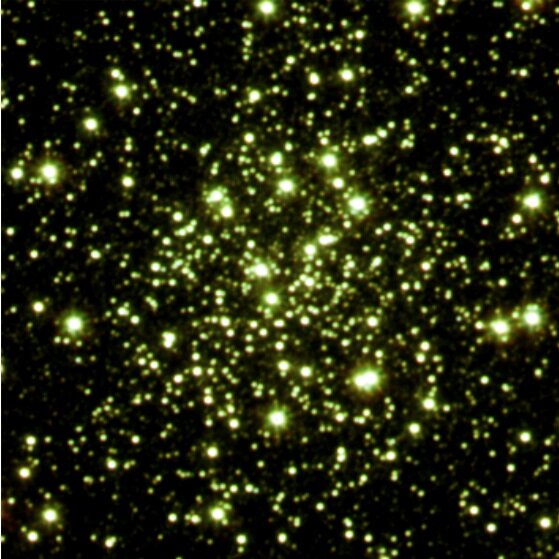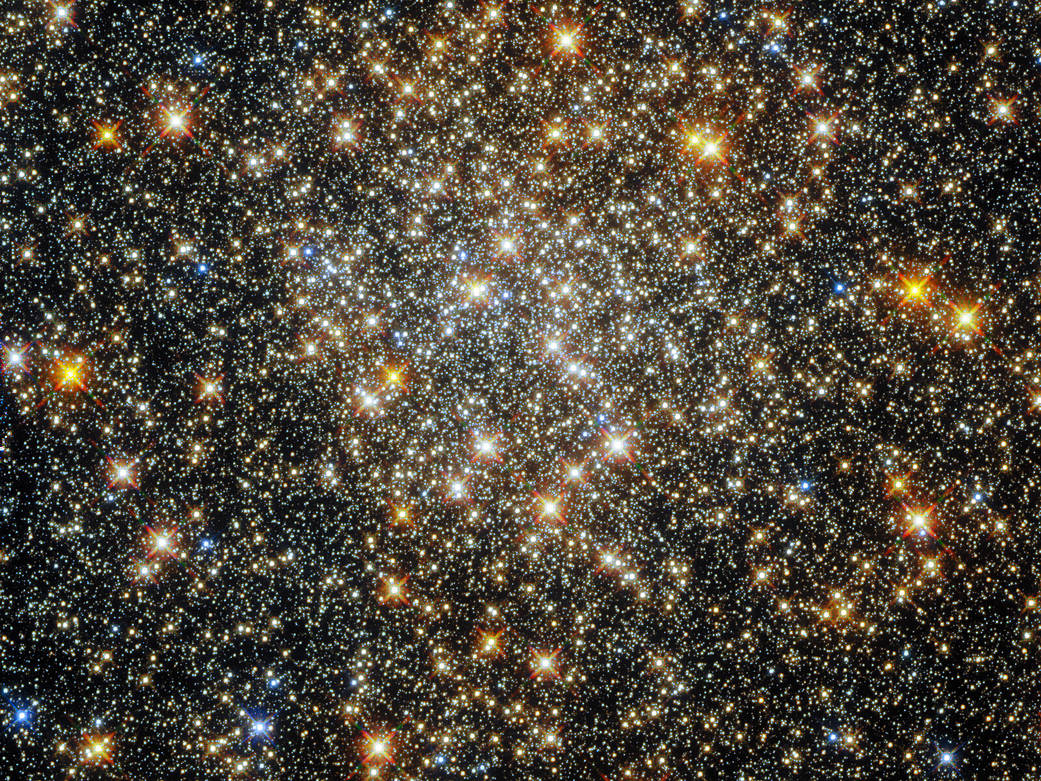Here’s some beauty for your timeline: a stunning and ancient globular cluster captured by the venerable Hubble Space Telescope. The telescope’s Wide Field Camera 3 and Advanced Camera for Surveys was used to take this picture of ESO 520-21 (also known as Palomar 6), which is located about 25,000 light years away from Earth. Scientists say this globular cluster is probably about 12.4 billion years old.
Globular clusters are collections of tightly bound stars orbiting galaxies. Astronomers consider them as natural laboratories which enablie studies on the evolution of stars and galaxies. In particular, globular clusters could help researchers better understand the formation history and evolution of early type galaxies, as the origin of GCs seems to be closely linked to periods of intense star formation.
ESO 520-21 lies close to the center of the Milky Way, and from our vantage point on Earth, is in the constellation Ophiuchus. It’s location near the celestial equator is where interstellar gas and dust absorb starlight, which make observations more challenging.
NASA and ESA say that interstellar absorption affects some wavelengths of light more than others, changing the colors of astronomical objects by causing them to appear redder than they actually are. Astronomers call this process “reddening,” and it makes determining the properties of globular clusters close to the galactic center – such as ESO 520-21 – particularly difficult. A detailed study on the origins of this globular cluster was released in a paper earlier this month, which you can read here.

Source: NASA

